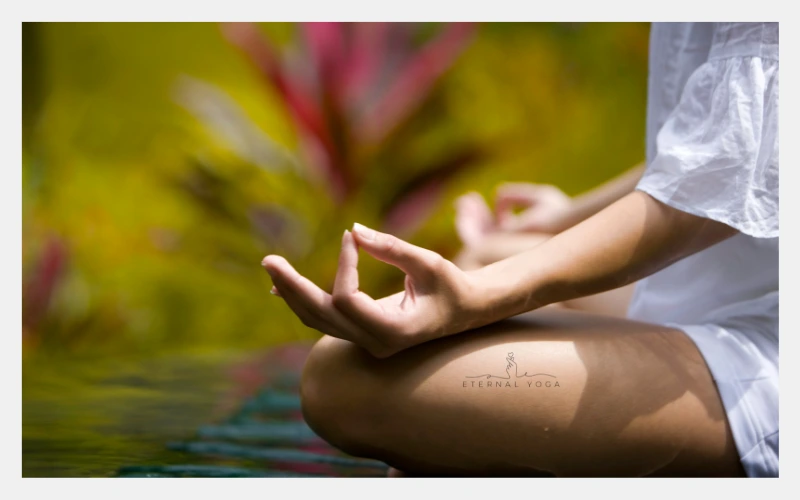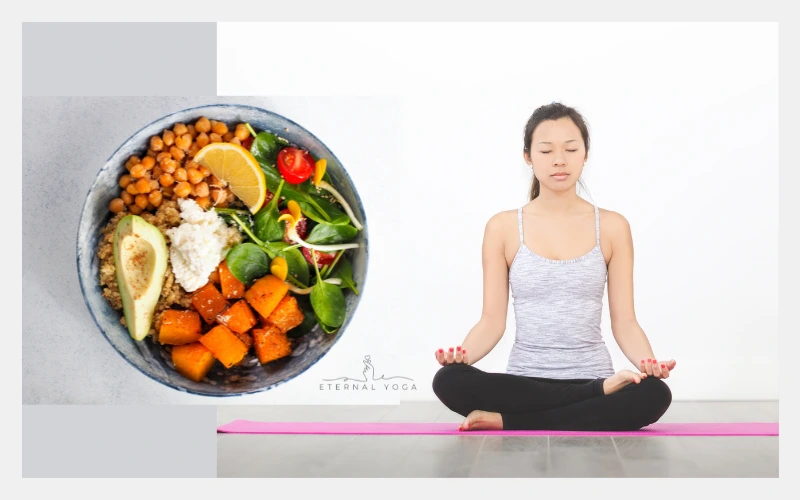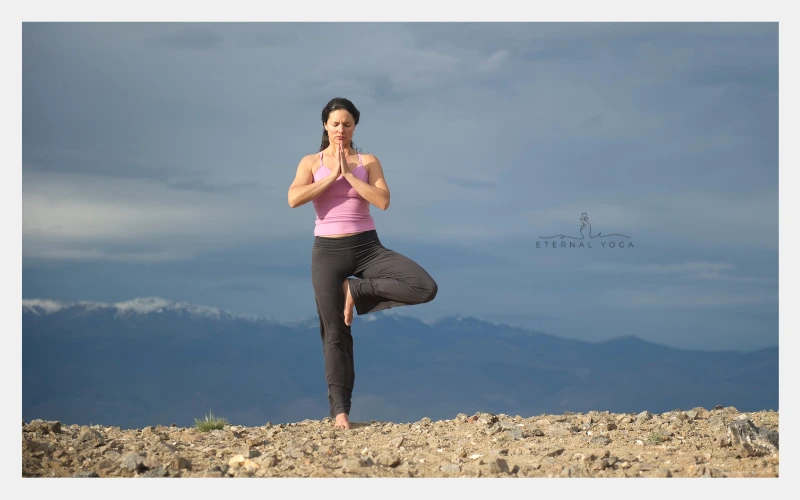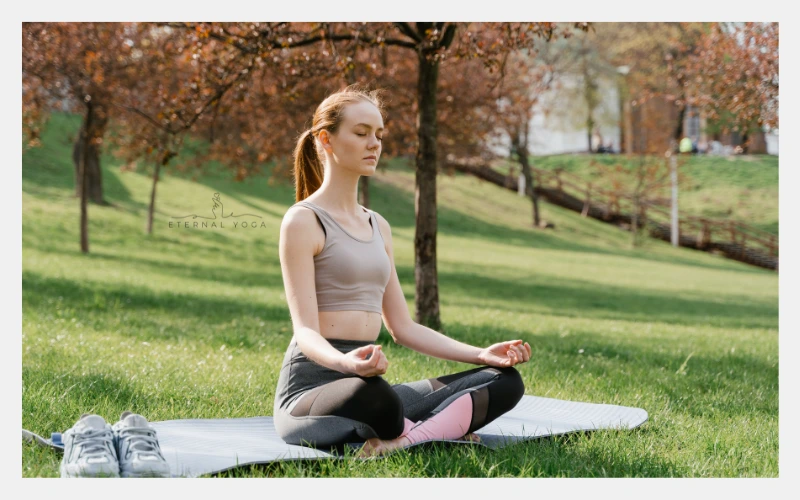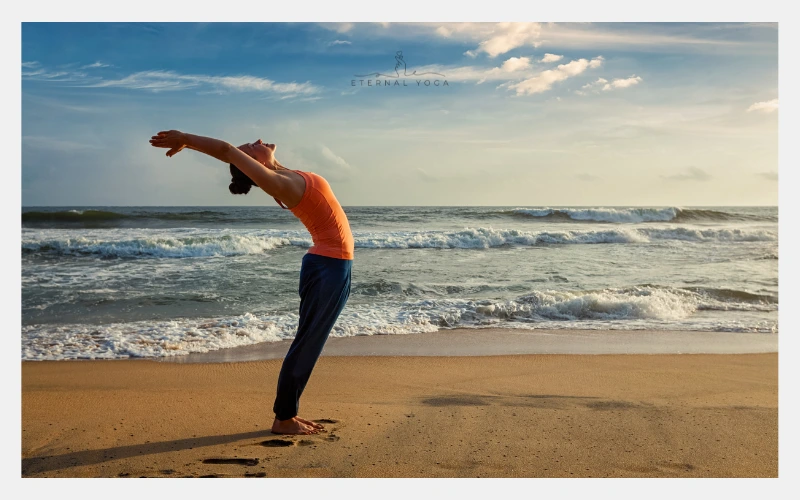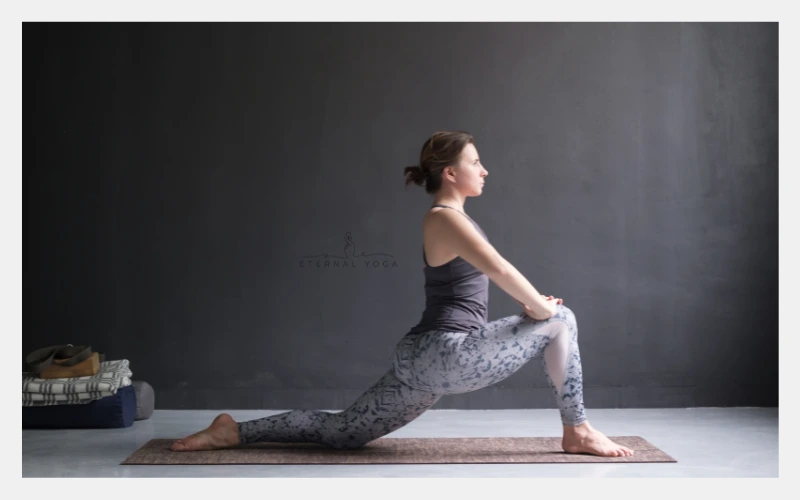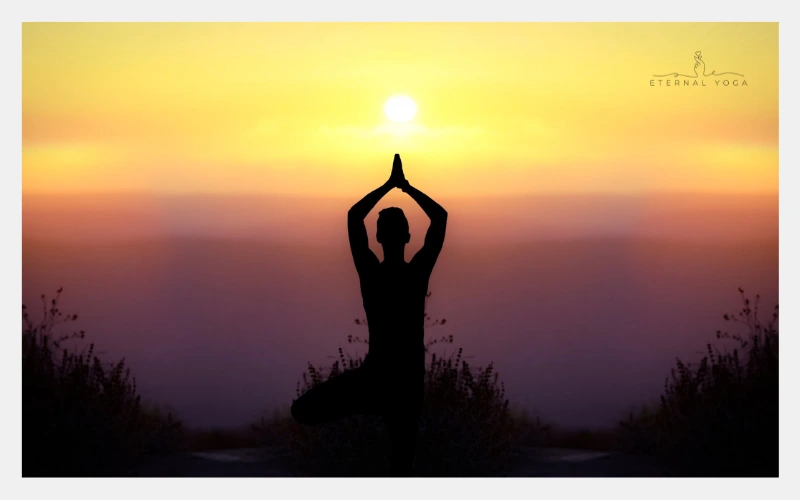Running builds strength and endurance in everyone’s daily routine, but building such a routine also requires flexibility, balance, and recovery. Try these 6 yoga poses to help runners reach their goals.
Running is one of the most effective ways to stay fit because it boosts your stamina and cardiovascular health, burns calories, and improves mental strength. Running strengthens the body, but it also demands a lot from a runner, like stable joints, strong legs, flexible hips, deep breathing, and good mental health.
To fulfill these needs, our body requires regular balance and care, and this is why yoga is the best way to improve a runner’s lifestyle. from increasing stretchiness to loosening tight muscles, and improving body posture, these 6 yoga poses help runners run more efficiently and recover faster. Yoga reduces the risk of injuries during running because of flexibility. So, what are the 6 yoga poses for runners?
A yoga and spiritual guru says that regularly practicing a few simple poses can make running more fine, easier, and viable in the long run.
Yoga for Runners
Here are the best 6 yoga poses for runners to boost stamina and natural energy :
1. Bhujangasana (Cobra pose)
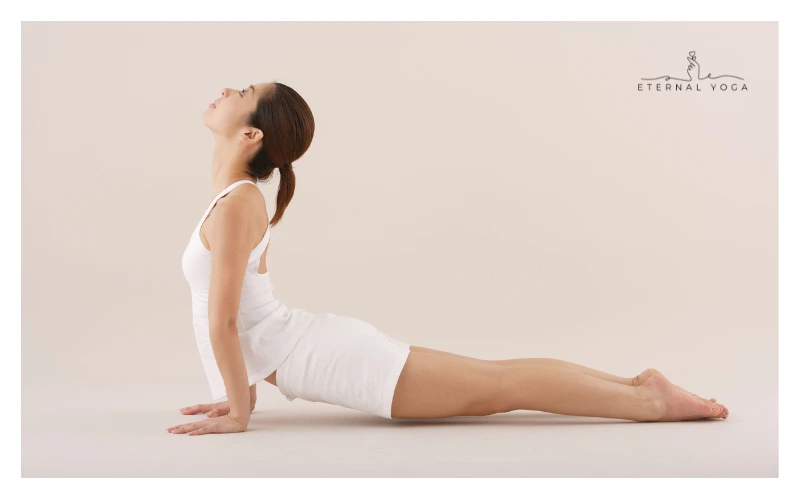
It stretches the chest and lungs for better breathing and strengthens the spine, helping improve posture during runs.
Steps:
- Lie flat on your stomach with legs extended.
- Place your palms under your shoulders and press them into the mat.
- Inhale and slowly lift your chest, keeping your elbows close to your body.
- Hold for a few breaths, then release.
2. Utkatasana (Chair pose)
It builds strength in the thighs, calves, and core while improving balance and endurance needed for long runs.
Steps:
- Stand tall with feet hip-width apart.
- First, Inhale, raise your arms overhead, till palms are facing each other.
- Exhale, bend your knees as if sitting in an invisible chair.
- Keep your back straight and thighs engaged.
3. Uttanasana (Standing forward bend)
It stretches the hamstrings and calves while calming the nervous system, reducing post-run fatigue.
Steps:
- Stand with feet together and exhale, folding forward from the hips.
- Let your hands touch the ground or hold your ankles.
- If necessary, keep your knees slightly bent to avoid strain.
4. Anjaneyasana (Low lunge)
It stretches tight hip flexors and strengthens the lower body, aiding better running strides and stamina.
Steps:
- Step your right foot forward into a lunge, keeping the left knee on the floor.
- Press your hips down while lifting your arms overhead.
- Hold, then switch sides.
5. Malasana (Deep Squat)
It increases mobility in the hips and ankles while strengthening the legs, improving running form, and stability.
Steps:
- Stand with feet wider than your hips and squat down fully.
- Bring palms together at your chest and press elbows into your knees.
- Keep your spine straight and chest lifted.
6. Eka Pada Rajakapotasana (Half pigeon pose)
It releases deep tension in the hips and glutes, reducing stiffness and improving flexibility for smoother runs.
Steps:
- From the plank, bring your right knee forward, placing it behind your hands.
- Extend the left leg back and fold your torso over the front leg.
- Hold, then switch sides.
7. Bonus pose – Supta Matsyendrasana (Reclining spinal twist)
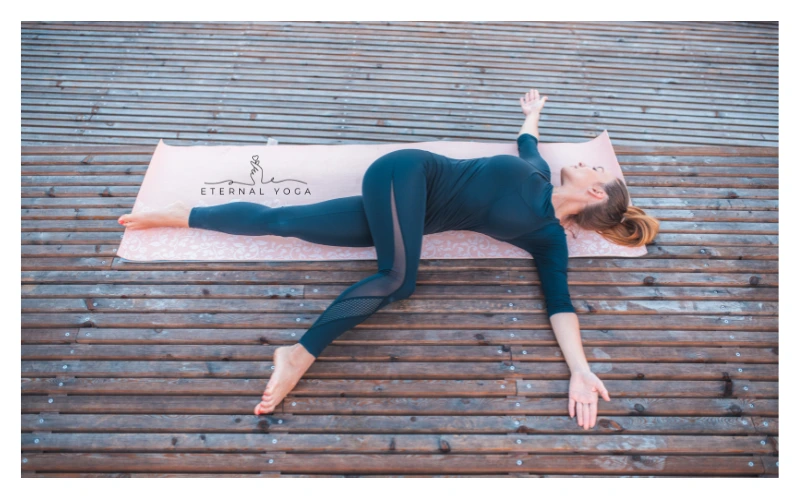
It relieves lower back tension and aids recovery by improving circulation and calming the nervous system.
Steps:
- Lie on your back and bring your knees to your chest.
- Drop them gently to one side, keeping your shoulders flat on the mat.
- Extend arms out in a T position.
- Hold, then switch sides.
Read More – 10 Easy Yoga Tips for Faster Flexibility
Know Your Muscles
We all have three different types of muscle tissue in our bodies. Specifically, skeletal muscle is responsible for joint movement. Different muscles in the body produce different types of movement by shortening or contracting, while others lengthen or extend. These opposing actions together make controlled body movement possible.
In our workouts, we often focus on isolating individual muscles and movements.
However, the body functions like a kinetic chain, where muscle groups are connected and work together as a unit. To achieve smooth and flexible movement, a balance between different muscles is essential. When the muscles on both sides of a joint apply equal force, we can move the joint freely in all directions. But if one muscle is constantly tight and tense, weakening the opposing muscle, it can cause wear and tear on the joint.
When you improve your flexibility, it has many positive effects that improve your overall life.
With an improved range of motion, you can reduce aches and pains, improve your posture, and enjoy running activities more.
